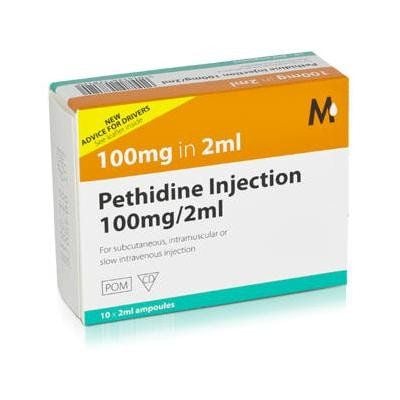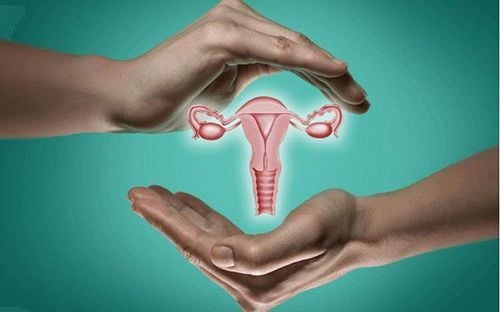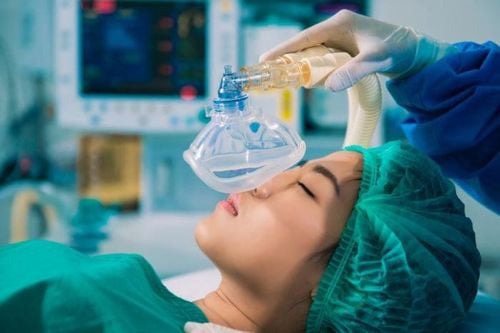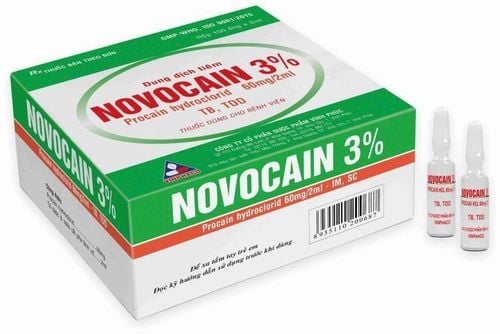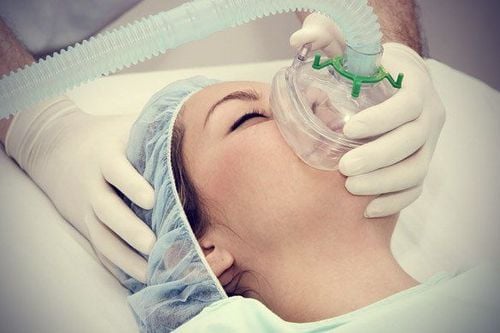This is an automatically translated article.
The article was professionally consulted by Specialist Doctor II To Van Thai - Emergency Medicine Doctor - Emergency Resuscitation Department - Vinmec Hai Phong International General Hospital.1. Surgical closure of urethral fistula
Congenital urethral fistula is an anomaly commonly associated with anorectal malformations or malformations of the cloaca. In most cases there is communication between the posterior urethra and the rectum. Anterior urethral fistula (also called congenital penile urethral stricture) is less common and may or may not be associated with anorectal malformation, penile curvature, or low urinary opening. In anterior urethral fistula, the fistula may appear anywhere on the abdomen of the penis, from the glans to the base of the penis.Children with urethral fistula often have unusual symptoms when urinating such as abnormal urine flow, urine spreading through the thighs, children often have urinary tract infections,... There are many surgical methods. Close the urethral fistula on a case-by-case basis. Early detection and surgical closure of urethral fistulas help restore a normal urinary tract, avoiding dangerous complications that may occur in children such as prolonged urinary tract infections leading to kidney failure, kidney abscess, and infection. bleeding , damage to genital organs causing infertility , ...
Endotracheal anesthesia is an anesthetic method indicated in surgical closure of urethral fistulas . This is a method of general anesthesia with intubation to help control breathing during surgery and recovery after surgery. Endotracheal anesthesia is relatively contraindicated in cases where the patient does not agree or when the medical facility does not have enough facilities for anesthesia and resuscitation, and medical staff are not technically proficient.
2. Preparation for endotracheal anesthesia for surgical closure of urethral fistulas
The person performing endotracheal anesthesia for surgery to close the urethral fistula is a doctor, a nurse specializing in anesthesiology and resuscitation.Before performing surgery, the doctor will examine the anesthesia to assess the detection and prevention of risks. The patient will be explained the purpose and steps in the process to cooperate in the implementation process. The doctor will prescribe the use of sedatives from the night before surgery in case of need.

Anesthesia machine system with breathing, hand squeeze oxygen source, vital function monitor (ECG indicators, arterial blood pressure, SpO2, EtCO2, etc.). breathing rate, temperature), defibrillator, suction machine,...; Laryngoscope, endotracheal tube of all sizes, suction tube, mask, squeeze ball, oropharyngeal cannula, Magill pliers, soft mandrin; Lidocaine 10% spray; Salbutamol spray; Means to prevent difficult intubation: Cook tube, laryngeal mask, flexible bronchoscope, tracheostomy kit, mouth opener,...
3. Surgical endotracheal anesthetic procedure to close urethral fistula
3.1. Steps to perform endotracheal anesthesia for surgery to close urethral fistulas After checking the patient's records and examining the patient, the anesthesia team placed the patient in supine position and breathed 100% oxygen with a flow rate of 3-6 liters. /min at least 5 minutes before induction of anesthesia. Install a monitor and establish an effective line, and administer pre-anesthesia if necessary.Conduct anesthesia with drugs:
Sleeping pills: use one of the drugs such as intravenous anesthetics (propofol, etomidate, thiopental, ketamine,...), volatile anesthetics (sevoflurane, Isoflurane,... ) Painkillers: fentanyl, sufentanil, morphine,... Muscle relaxants: rocuronium, vecuronium, succinylcholine,... are used if necessary. Conditions for endotracheal intubation are deep sleep with sufficient muscle relaxation (in most cases). There are two techniques that can be used for intubation: oral intubation and nasal intubation.
Oral intubation technique
The doctor (or anesthesiology specialist nurse) opens the patient's mouth, inserts the laryngoscope to the right of the mouth, moves the tongue to the left, pushes the light deep, coordinates With the right hand, press down on the cricoid cartilage to find the epiglottis and glottis. Perform rapid induction of anesthesia and Sellick procedure in case of full stomach (press the cricoid cartilage 20-30 kg as soon as the patient loses consciousness until the intubation is completed). Gently insert the endotracheal tube through the glottis, stopping when the balloon of the endotracheal tube passes 2-3 cm through the vocal cords. Remove the laryngoscope, then inflate the endotracheal balloon. To check that the endotracheal tube is in the correct position, the doctor will listen to the lungs and EtCO2 results. If it is in the correct position, the doctor will secure the tube with tape and place the cannula in the mouth to prevent biting the tube (if necessary).
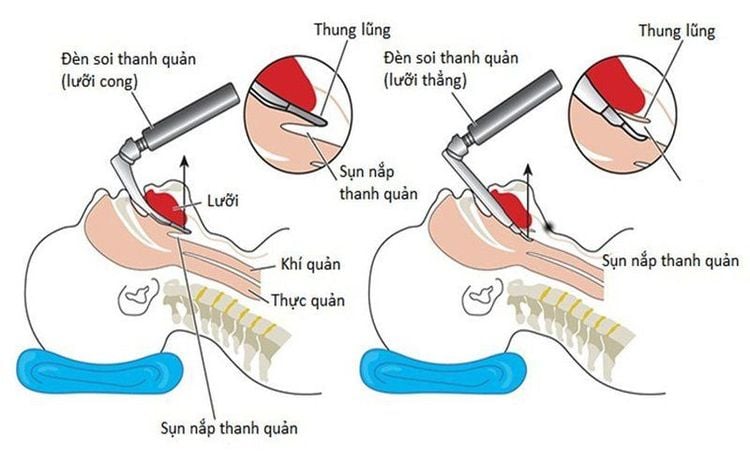
The doctor chooses the side of the nose that will put the endotracheal tube, instills vasoconstrictor drugs such as naphazolin, otrivine,... Select an endotracheal tube with the appropriate size (endotracheal tube) inserted into a smaller nasal passage than through the mouth), insert an endotracheal tube lubricated with lidocaine ointment through the nostrils. Open the patient's mouth, insert the laryngoscope to the right of the mouth, slide the patient's tongue to the left, push the lamp deep, and coordinate with the right hand to press the cricoid cartilage to find the epiglottis and glottis. If favorable, proceed to gently insert the endotracheal tube through the glottis, stopping when the balloon of the endotracheal tube passes 2-3 cm through the vocal cords. If it is difficult, use Magill pliers to guide the tip of the endotracheal tube into the correct glottis, the assistant pushes the endotracheal tube from the outside. Gently withdraw the laryngoscope, then inflate the endotracheal balloon. The doctor listens to the lungs and checks the EtCO2 results to check that the endotracheal tube is in the correct position. If the endotracheal tube is in place, secure the endotracheal tube with tape. If the above two procedures are unsuccessful, the anesthesiologist will switch to a difficult intubation procedure.
To maintain anesthesia when the surgery to close the urethral fistula takes place, the patient will be given intravenous or volatile anesthetics, analgesics and muscle relaxants (if needed). The patient's breathing is controlled by machine or hand squeeze. The depth of anesthesia will be closely monitored based on parameters such as heart rate, blood pressure, sweating, tearing (PRST); MAC, BIS, Entropy (if any). In addition, must always closely monitor vital signs and prevent the endotracheal tube from being misplaced, flexed, or blocked.
3.2. Criteria for extubation After the surgical closure of the urethral fistula is completed, the endotracheal tube is withdrawn when the patient meets the following criteria:
Patient is awake, can follow orders, and raises his head above 5 paper, TOF > 0.9, spontaneous breathing, breathing rate within normal limits Stable blood pressure, body temperature > 35 degrees C, No complications of anesthesia and surgery.
4. Possible complications when endotracheal anesthesia surgically closes urethral fistula
4.1. When the patient has digestive juices in the oral cavity and airway, the anesthesiologist team immediately aspirates the fluid, has the patient lie down with his head low, and tilts his head to the side. Place the endotracheal tube quickly and clear the airway. Patients are closely monitored after surgery to prevent lung infections.4.2. Hemodynamic complications During endotracheal anesthesia to surgically close the urethral fistula, the patient may experience hemodynamic disturbances such as hypertension, hypotension, and cardiac arrhythmias such as arrhythmia. bradycardia, tachycardia, arrhythmia. The doctor will treat each case on a case-by-case basis.
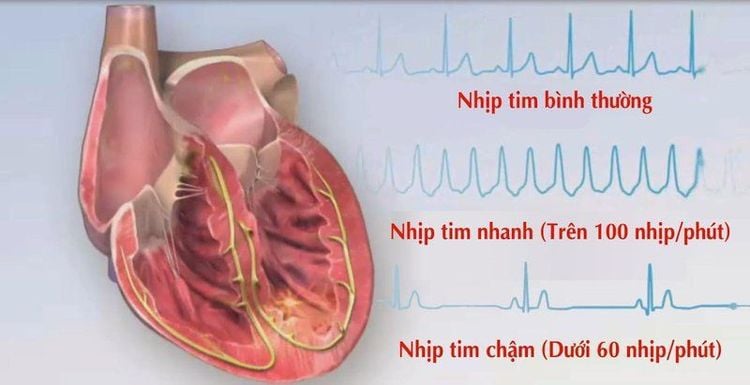
Failed to intubate: the anesthesia team changed to difficult or difficult intubation procedure. to another nonsensical method. Misplaced in the stomach: The endotracheal tube was mistakenly placed in the stomach when there was no alveolar murmur, no EtCO2 could be measured. The anesthesiologist team will re-intubate the endotracheal tube. Vocal-tracheal-bronchospasm: If it is difficult or impossible to ventilate the patient, auscultates the lungs with rales or mutes the lungs, the anesthesiology team will provide adequate oxygen, add sleeping pills and relax muscles, to ensure ventilation and give bronchodilators, corticosteroids. If breathing is still not controlled, move on to a difficult intubation procedure. Trauma during endotracheal intubation: Injuries that may occur during intubation such as bleeding, tooth fracture, vocal cord damage, foreign object fall into the airway,... deal with each specific situation. 4.4. Respiratory complications Hypoxia and hypercapnia will occur if the endotracheal tube is folded, retracted, pushed deep into one lung, collapsed or opened the respiratory system, the oxygen source is exhausted, the soda is useless, .. Anesthesia team will immediately ensure ventilation, provide 100% oxygen and treat the cause.
4.5. Complications after extubation After extubation, patients may experience complications such as respiratory failure, sore throat, hoarseness, laryngotracheal-bronchospasm, upper respiratory tract infection, and narrowing. larynx-trachea,... The doctor will treat according to symptoms and causes.
Endotracheal anesthesia is a routine anesthetic technique performed at Vinmec International General Hospital. Accordingly, the process of endotracheal anesthesia at Vinmec is carried out methodically and in accordance with the process standards by a team of highly qualified medical professionals and modern machinery. As a result, complications after anesthesia and surgery are always minimized to the maximum extent.
Doctor Thai has more than 34 years of experience in the field of anesthesia - emergency resuscitation and is currently a doctor at the Emergency Department of Vinmec Hai Phong International Hospital.
Please dial HOTLINE for more information or register for an appointment HERE. Download MyVinmec app to make appointments faster and to manage your bookings easily.





